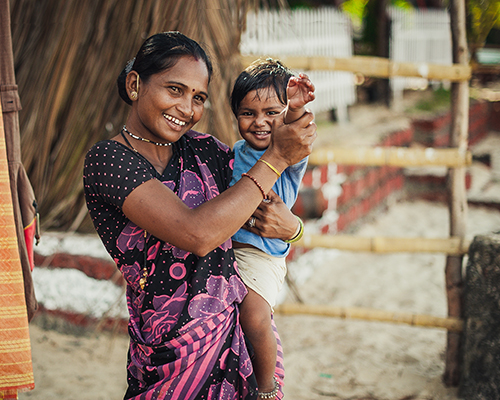Patient pathways to TB care and costs in Mumbai and Patna
India has the highest burden of Tuberculosis (TB) in the world and the main reason for the TB epidemic is delayed diagnosis of cases. The private sector is being engaged for the same as enshrined in the NSP and is referred to as PPIA (Public-private interface agency). The PPIA is being implemented by the BMGF in India and have initiated a pilot in two urban locations (Mumbai and Patna) with the aim to reduce diagnostic delays by creating a network of service provides to increase the notification rate of TB. The aim of the study was to evaluate the effect of PPIA intervention in reducing diagnostic delay of ~70 days by about 25% and the average number of providers seen will drop from 3 to 2. The study enabled us to determine the effect of PPIA in the community and indicate measures to improve its efficacy. The overall evaluation design to assess the hypothesis was a repeated cross-sectional, population-based surveys to identify known TB cases, followed by in-depth qualitative interviews on pathways and costs. Sambodhi along with the other stakeholders was instrumental in finalising of the evaluation design.
Sambodhi was involved in the planning of the study design and identifying partners in the two pilot locations Mumbai and Patna. 100 clusters were selected randomly from both the locations and all the households from these clusters were enumerated for any occurrence of TB or chest symptomatic cases. Sambodhi developed tools for data collection, which was later on built on an android based mobile application for carrying out the data collection.
More than 1.25 lakh individuals from more than 27,000 households were covered in the study. On completion of data collection, the analytics team from Sambodhi carried out the analysis of data including high-end analysis like establishing associations between the occurrence of TB cases and family size, the education of the household members and TB occurrence, facility
visited and test prescribed to the TB patients and between default status and gender and caste of the patient.

